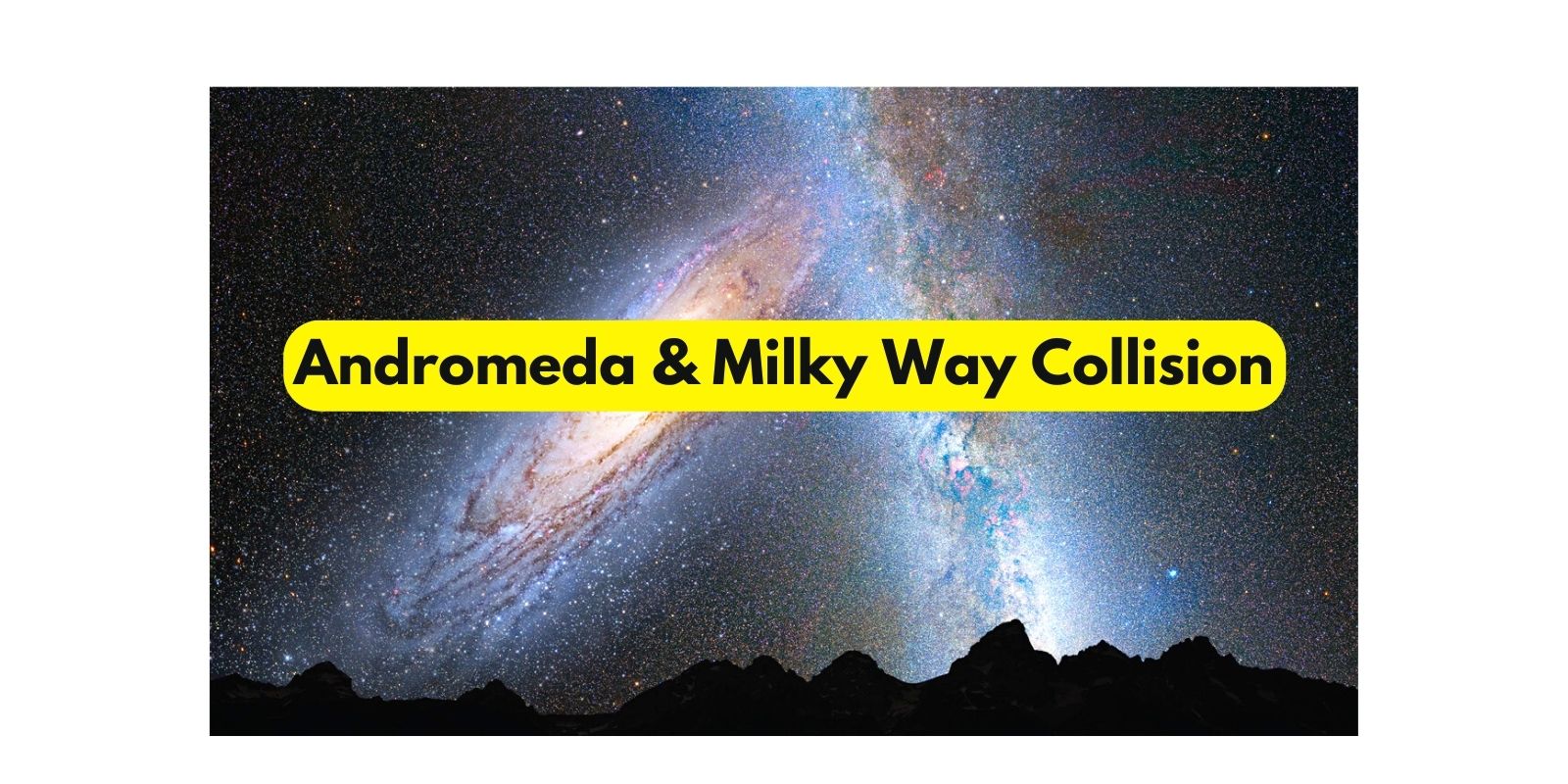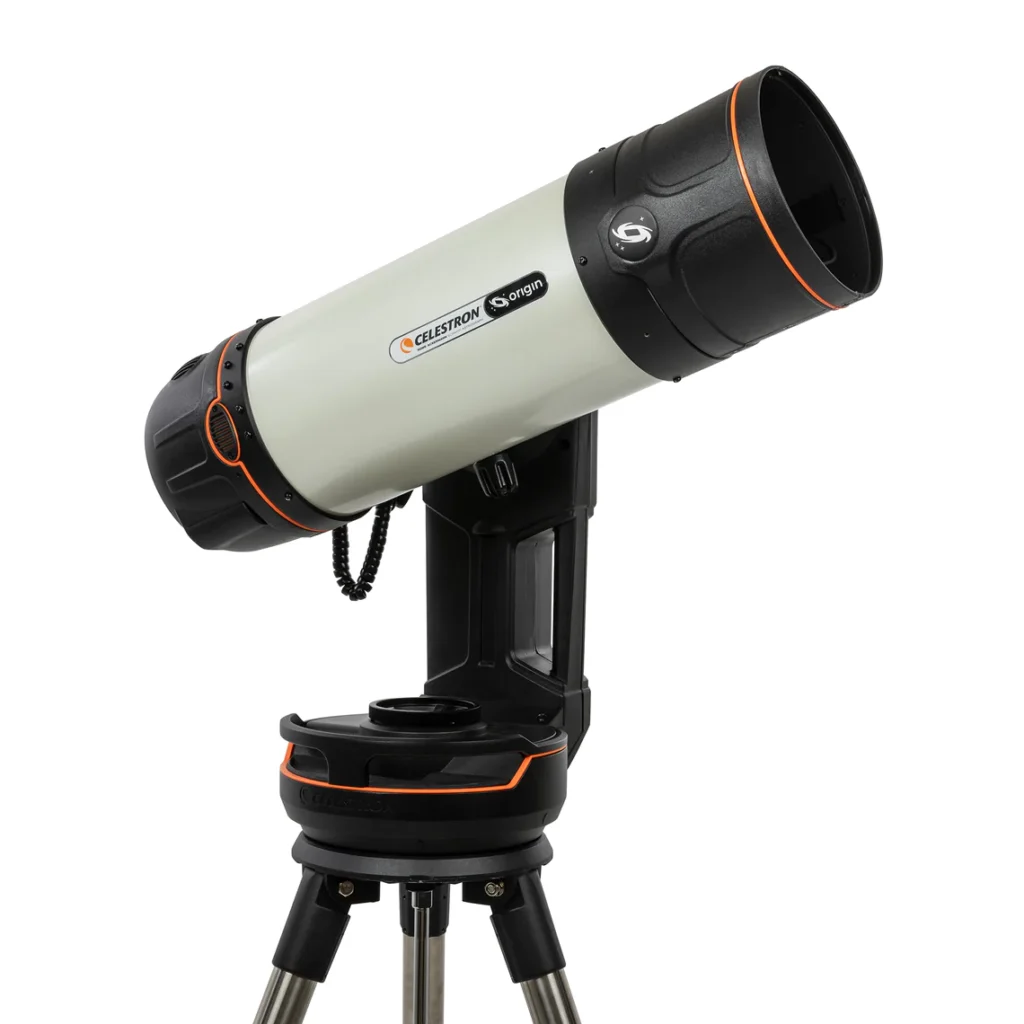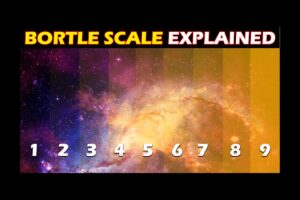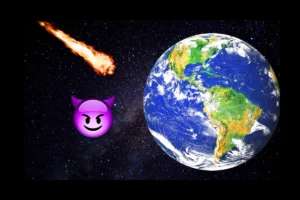
The Andromeda galaxy is the brightest galaxy in the neighborhood of the Milky Way. With the help of proper instruments, you can easily spot this galaxy in the night sky. This galaxy can even be seen with the naked eye if you live in a really dark sky area. The galaxy is 2.5 million light-years away and is a subject of curiosity for all scientists and astronomers. Previously we have seen what are all the planets in the Andromeda Galaxy. Today we will see all the details of this collision.
Andromeda galaxy’s history and first discovery
Given the fact that this galaxy is popular among every single astronomer. The discovery of this galaxy might seem very recent to you. In reality, the first discovery of the Andromeda galaxy dates back to even before the discovery of the telescope.
In 965 CE, the Persian astronomer Abd Al-Rahman Al Sufi described this galaxy as a “small cloud” in his book Fixed Stars. A look at the sky charts from that time period confirms this. After the discovery of the telescope in 1612, German astronomer Simon Marius described Andromeda as a candle seen through the horn. In 1764, when Charles Messier cataloged Andromeda as an M31, he was unaware of the work of ‘Abd Al-Rahman Al Sufi’ and he incorrectly credited the discoverer of Andromeda as Simon Marius.
In 1785, the astronomer William Herschel noticed a faint blue hue in the core region of this galaxy. At the time, he believed that it was the nearest nebula. This led to the belief that Andromeda was a nebula. In 1865, astronomer William Huggins observed the spectra of Andromeda and concluded that it was different from a gaseous nebula. There was a supernova in the Andromeda galaxy in 1885. Until now, this galaxy has seen only one supernova.
Andromeda Galaxy’s first photo
In 1887, astronomer Isaac Roberts took the first photograph of the Andromeda galaxy from his private observatory.
As of this time, it was believed that it was a nebula. So, Isaac Roberts mistakenly believed that M31 and similar spiral nebulae were actually solar systems being formed in the Milky Way itself.
In 1917, astronomer Heber Curtis studied the supernova that happened in 1885 and came to the conclusion that the distance was 500,000 light years. He also believed that it was not a nebula but a different spiral globular form known as the “island of universes.”
The Great Debate happened in 1920 as a result of this, where Heber Curtis and Harlow Shapley debated the nature of the spiral nebulas. This debate was finally settled by Edwin Hubble in 1925. He identified extragalactic Cepheid variable stars for the first time on astronomical photos of the andromeda galaxy. Hubble concluded that it is not a cluster of stars or a gaseous nebula in the Milky way but a completely separate galaxy that is located at a significant distance.
Why the galaxy’s name is Andromeda?
The most simple answer to this is that, from Earth’s sky, the galaxy is in the Andromeda constellation. So the name is Andromeda galaxy. Andromeda’s constellation is named after the princess of Ethiopia. Whom, according to Greek mythology, the hero Perseus saved from sacrifice to the sea monster Cetus.
Andromeda galaxy characteristics
- Andromeda is twice the size of the Milky Way. It has a diameter of 220,000 light years.
- Despite being twice the size of the Milky Way, the Andromeda galaxy has the same mass.
- The distance from Earth to Andromeda is about 2.5 million light years.
- It is about twice as bright as the Milky Way.
- The Andromeda Galaxy is closing in on the Milky Way at a speed of about 110 kilometers per second.
- In 4.5 billion years, Andromeda and the Milky Way will collide and form a new galaxy.
Andromeda galaxy’s past collisions
As mentioned earlier and discovered by scientists, the Andromeda galaxy is approaching the Milky Way at a speed of 110 km/sec. It is inevitable that in 4.5 billion years these two galaxies will collide, but has the Andromeda galaxy collided with any other galaxy so far?
Collisions and mergers of small protogalaxies are the origins of the Andromeda galaxy. These collisions were violent and formed the majority of the galaxy’s extended disk. As a result of these collisions, there was a rapid rate of star formation. Andromeda became the most luminous infrared galaxy for more than 100 million years.
The Andromeda galaxy did not have any major collisions after it formed, but it did collide with nearby dwarf galaxies. These dwarf galaxies were later engulfed by Andromeda. The current dwarf galaxies like M32 and M110 are satellite galaxies of Andromeda and sometimes interact with that galaxy.
Andromeda and Milky Way collision simulation
Andromeda is approaching the Milky Way at a speed of 110 km/s. The Milky Way and Andromeda will collide with each other. This collision will happen in about 4.5 billion years.
This galactic collision will be the largest one in this local group of galaxies. There was uncertainty about whether or not these two galaxies would collide until 2012. To clear the doubt, scientists used the Hubble telescope and measured the distance of stars in Andromeda in 2002 and 2010. This measurement was done with reference to the hundreds of distant galaxies that are behind Andromeda. By studying the thousands of stars in the galaxy, researchers came to the conclusion that a collision will definitely happen in the future.
Simulation of the collision of the Milky Way with the Andromeda galaxy
Andromeda and Milky Way collision name (Milkdromeda Formation)
When the two galaxies collide, they will form a new galaxy. By combining the names of two galaxies, Mikdromeda will be the name of the new galaxy.
What will the sky look like when the collision happens?
Andromeda and Milky way Star collision
The Andromeda galaxy contains one trillion stars, while the Milky Way contains 300 billion. So from the simulation video above, you might think that there will be collisions between the stars of both galaxies. But that will not be the case. These two galaxies are so massive that most of them are just empty spaces when you look at them. So, the distance between the stars is astronomical, and the probability of two stars colliding during the merger of these two galaxies is negligible.
For example, the nearest star to the sun is Proxima Centauri. It is 4.2 light-years away. If we scale down the whole solar system and assume that the sun is the size of a table tennis ball, then Proxima Centauri will be the size of a pea at a distance of 1100 km from the sun. The total size of the Milky Way would be 30 million kilometers wide. Two stars would be about 3.5 kilometers apart on average. If we scale up this distance, then on average the stars would be at an average distance of 160 billion km. So it is extremely unlikely that the two stars will collide during this merger.
Even if you consider the worst-case scenario. When this collision occurs, at the most, all stars will be thrown and scattered into different orbits.
Andromeda and the Milky Way black hole collision (Milkdromeda black hole).
Both of these galaxies have a supermassive black hole at their centers. These black holes will converge and form one single supermassive black hole over the next millions of years. This black hole will sit at the center of the newly formed Milkdromeda galaxy.
During the merger of these black holes, they will emit gravitational waves, which will lead to the transfer of orbital energy from these black holes to the nearby stars. This transfer of energy will result in slingshotting these stars into a higher orbit.
Andromeda and Milky Way collision effect on the solar system.
The very early simulations show that our solar system will be near the center of the Milkdromeda galaxy. Before being completely ejected out of the galaxy.
There is also a 50% chance that our solar system will be thrown away three times farther than its current distance in the newly formed galaxy. Also, the solar system might get placed completely outside of the Milkdromeda galaxy. The probability of this happening is around 12%. Even though the solar system will be outside the galaxy, this will not have any adverse effects on the planets. The chances of the effect happening on the planets are very negligible or remote.
Will humans survive the Andromeda Galaxy and Milky Way collision?
This is one of the most important questions. The fact is that this will happen about 5 billion years from now. In about 1.75 billion years from now, the earth will be out of the habitable zone of the sun and into the hot zone. So all the water on the earth’s surface will evaporate over time.
So, if humans do not become a multi-planetary species within the next 1.75 billion years, they will be extinct by the time all of this occurs.
Milkdromeda and Triangulum Galaxy Collision.
Once the new galaxy Mildromeda forms, the third largest galaxy in the local group known as Triangulum will orbit the newly formed galaxy. In fact, this galaxy will be orbiting the two galaxies during the merger as well.
Eventually, this galaxy will also merge with the Milkdromeda galaxy.
Andromeda and Milky Way Collision started/merging already.
The real merger of these galaxies will happen in 5 billion years. But in 2020, new research revealed that Andromeda and Milky Way are already merging.
You know, each galaxy has something called a galactic halo. This halo consists of gas, dust, and stray stars. These haloes are very faint, and detecting them is not an easy task. When astronomers measured the size of the halo of the Andromeda galaxy from the absorbed light of the background quasars, they found out that the halo of Andromeda extends 1.3 million light-years in the direction of the Milky Way and more than 2 million light-years in other directions.
Scientists cannot measure the halo of our own galaxy from inside the galaxy. However, because both of these galaxies are similar in shape and size, and most of their characteristics are nearly identical, So scientists believe that the collision and merging of the two galaxies have already started.
Do you know? The black hole of Andromeda galaxy is 10 times bigger than the Milky way black hole.












